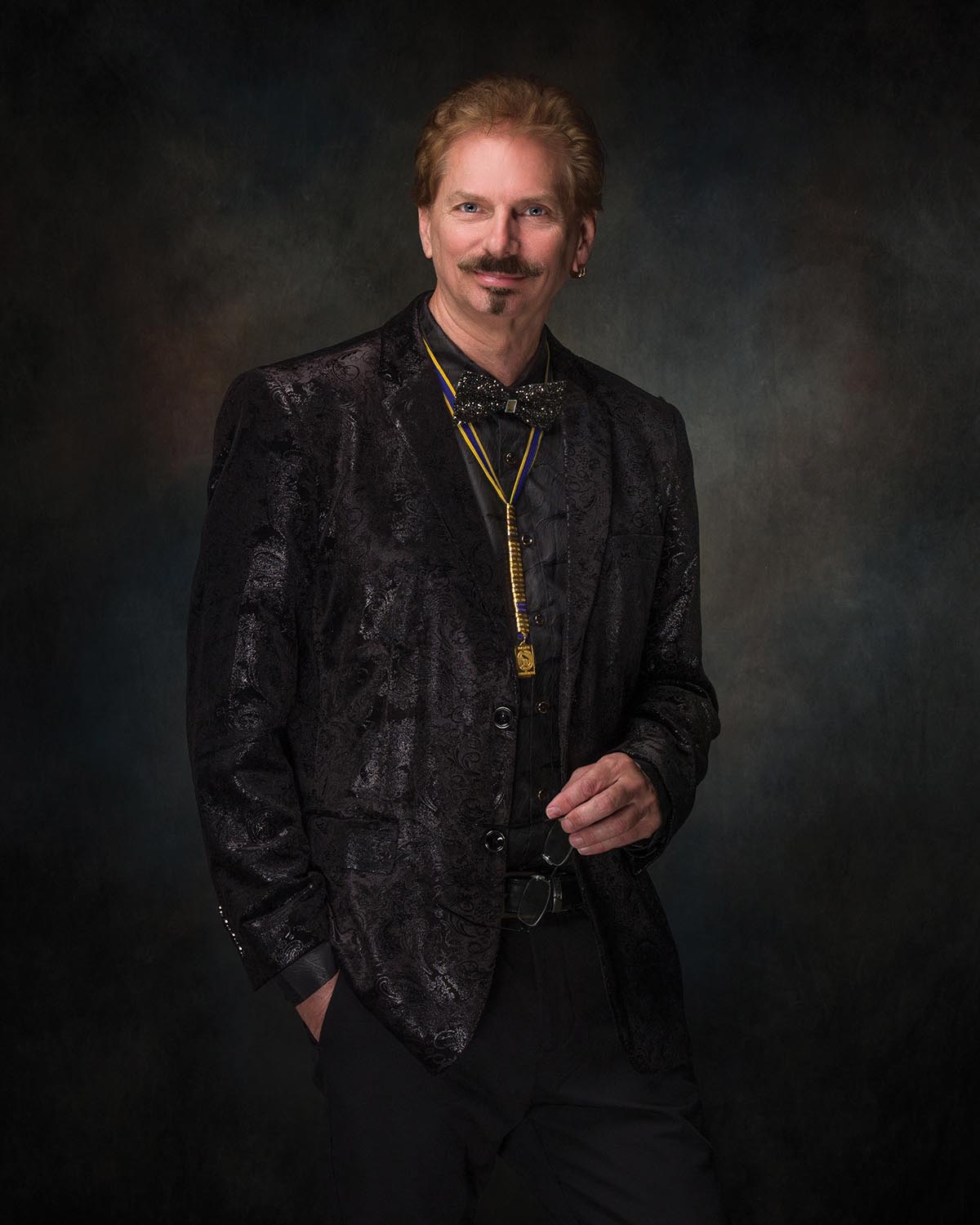
If you’ve ever received disapproving looks or unkind comments from people when expressing yourself, don’t worry. No one who ever left their mark on this world was someone people considered to be normal. History doesn’t remember average individuals. In fact, consider any person who’s contributed to the world in a significant way, whether in a political arena, critical thinking, or creativity, and you’ll notice they’ve been considered odd.
Salvador Dalí once drove a car filled with cauliflower and walked an anteater around Paris. Leo Tolstoy denounced the look of a rich man and took to wearing peasant clothes. Michelangelo and Steve Jobs considered bathing a health hazard. Albert Einstein filled his pipe with tobacco from cigarette butts he picked up off the ground, and Charles Dickens believed he was being followed by characters from his novels.
Why do those who have changed the world in some way seem to think differently than everyone else? In a 2011 Scientific American article, Harvard professor Shelley Carson writes that people who are highly creative often have odd thoughts and behaviors and vice versa. She says both creativity and eccentricity may be the result of genetic variations that increase cognitive disinhibition—the brain’s failure (or ability) to filter out extraneous information. Unfiltered information that reaches conscious awareness in the brains of highly intelligent people who can process this information may lead to exceptional insights and sensations. During moments of insight, cognitive filters relax and allow ideas on the brain’s back burners to leap forward into consciousness. It also seems to cause behaviors that are often considered odd.
We don’t have to avoid being thought of as odd. Trying to do so may only stifle the creativity that’s within you. If you feel you’re a little weird, own it. Let those thoughts you’ve been afraid to explore rise to the surface and see where they lead you.
People who possess this variation may dress idiosyncratically, their speech patterns may be out of the ordinary, they may respond ineptly in social situations, their emotional responses may be inappropriate, they may believe in supernatural phenomena, and they may be hard to get close to physically and emotionally. But according to Carson, these people “are very often high functioning, talented, and intelligent.”
We don’t have to avoid being thought of as odd. Trying to do so may only stifle the creativity that’s within you. If you feel you’re a little weird, own it. Let those thoughts you’ve been afraid to explore rise to the surface and see where they lead you. I’ve seen profound results when someone ignores the naysayers and moves forward with their gut feelings. Listen to that inner voice when you feel it has something to say. What’s the worst that can happen? How would you feel if someone else developed an idea that you yourself were too timid to pursue?
Life is too short not to put everything on the table, and regrets are the hardest things to live with. The fear of failure is one of the best reasons to follow your intuition. Nearly every person who’s achieved success has failed more times than they could count.
Many leading corporations now have chief innovation officers on their leadership teams, and many Fortune 500 companies put employees through creativity training to stimulate out-of-the-box thoughts.
My oldest and best client over my 40-year career has been mentalist Craig Karges, who has performed amazing feats of magic for audiences around the world. He claims we use only 10 to 20 percent of our brain capacity. Maybe it’s time to put fear aside and see what that other 80 percent is capable of.
Mark Campbell owns Prestige Photography & Video in Wheeling, West Virginia.
Tags: creative
